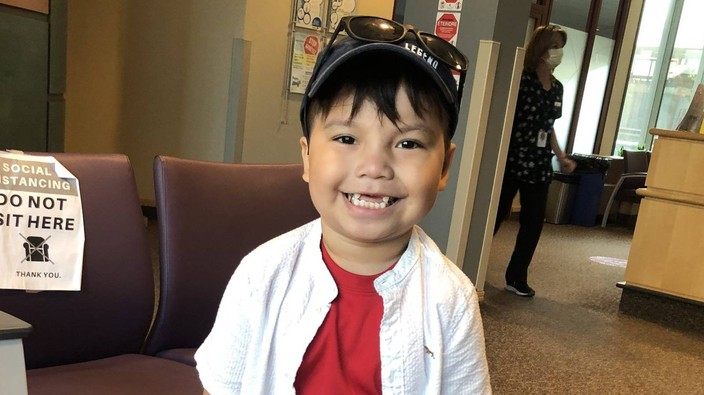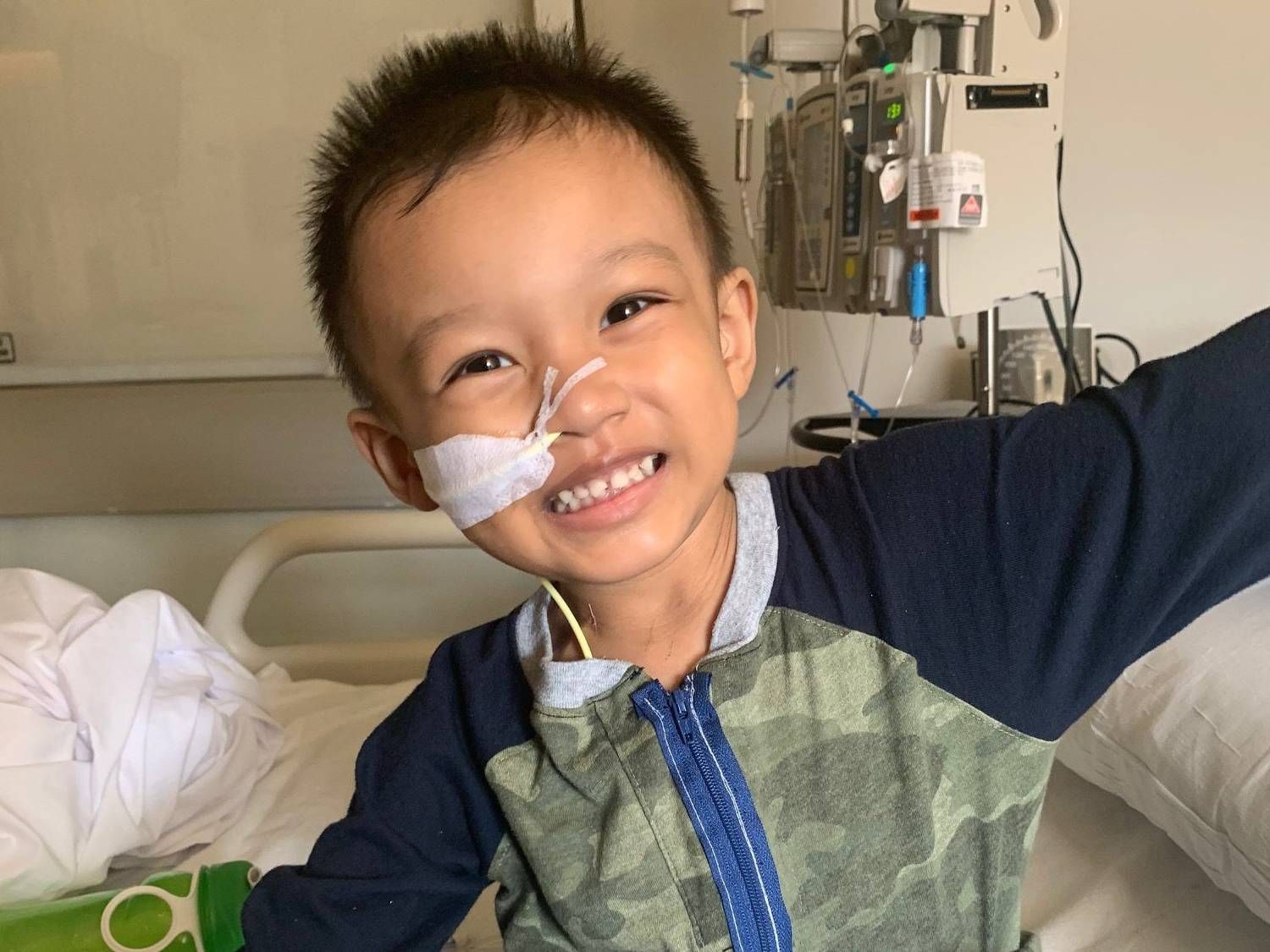how did you find out about tanner’s condition?
he was wheezing. originally, i thought it was bronchitis or asthma. i thought it could have been that, or, you know, it was just wheezing. but that’s the reason why i took him to emergency. the doctor noticed that he was a bit pale. but to me at the time, it was just his normal skin tone.
what goes through your mind when you hear this diagnosis?
at the time of his diagnosis, i didn’t know much information about it. so, i was hoping for the best, that there was nothing so serious, you know? but blood is one of the most important needs for our body.
on top of the blood transfusions, are there other treatments for this condition?
tanner had a [stem cell] transplant on march 23rd and 24th.
the transplant was successful. but unfortunately, he had a bit of a setback last week which was one of the roughest days so far. it was just like a buildup of emotions and thinking and of everything.
what drove you to start your own foundation?
it turns out, my son has the exact same condition as some people in my family, one of them being my cousin. he found a stem cell donor when he was about 29, i believe. unfortunately, i’m not sure what happened, but he is no longer with us. another friend of mine didn’t find a donor and she eventually passed from complications, because repeated blood transfusions will eventually attack the other organs in your body. so, i was encouraged by their memory to do my own search.
 5 minute read
5 minute read









